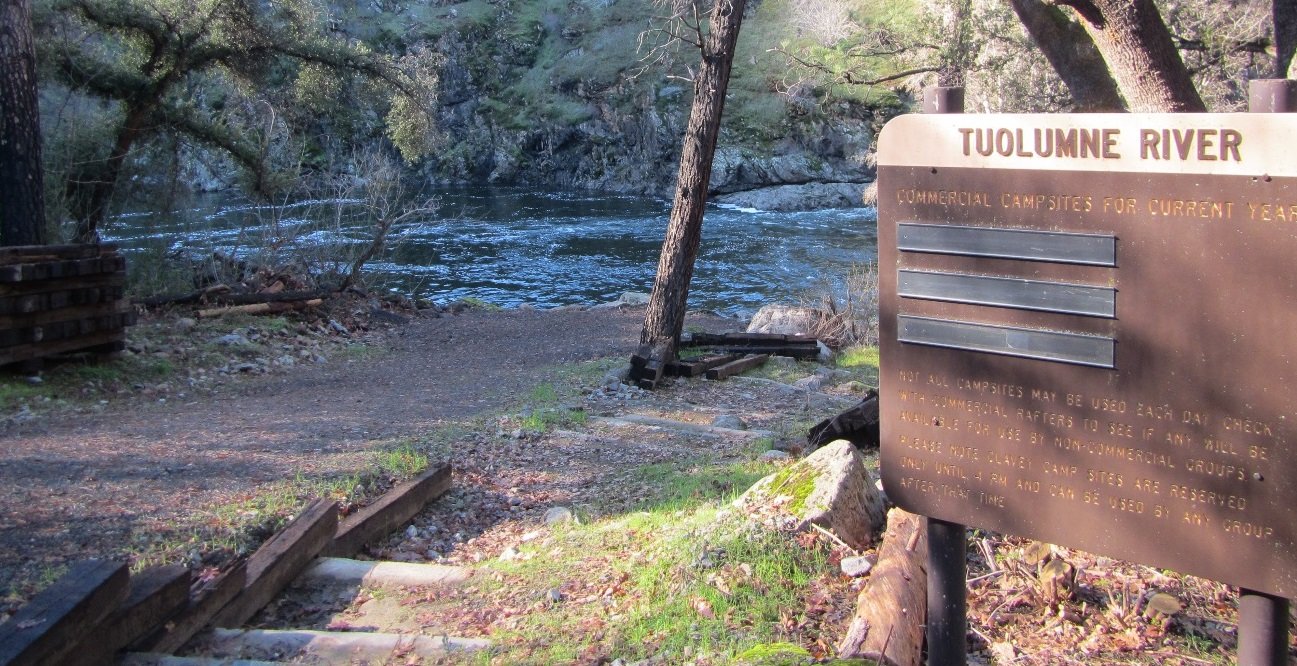Navigating the Currents: The Ongoing Battle for Access to the Wild & Scenic Tuolumne
Nearly four decades ago, Tuolumne River Trust (TRT) emerged victorious in a critical fight to secure Wild and Scenic status for a key stretch of the Tuolumne River, protecting it from the threat of development and ensuring its wild beauty would remain unspoiled for generations to come. This victory, however, was not the end of the story but the beginning of a new chapter marked by evolving challenges and a steadfast commitment to safeguarding river access.
In the aftermath of the 2013 Rim Fire, TRT has been at the forefront of efforts to heal the scars left behind, endeavoring to restore the native flora and rejuvenate the river’s ecosystem. The loss of mature pines, oaks, cottonwoods, and other tree species has not only affected the biodiversity of the area but has also impacted the recreational experience, with once-shaded resting spots now exposed to the harsh sun. TRT, together with volunteers, local rafting guides, and commercial rafting companies, are dedicated to replanting these areas, nurturing the hope that these cuttings will grow into towering trees, restoring the canopy that once provided respite for river goers.
Despite these restoration efforts, access to the Wild and Scenic stretch of the Tuolumne has become increasingly fraught with challenges. Marty McDonnell, a founding board member whose connection to the river runs as deep as the canyons it has carved through millennia, shares his insights into the current state of access, “Right now, access is severely limited due to last winter’s storms washing out the main road that takes you down to the river put-in, which will not be open this year to the public.”
This loss of access not only impedes recreational use but also complicates conservation efforts, making it more difficult for volunteers and workers to reach critical areas in need of restoration. Marty owns and operates Sierra Mac River Trips, a beloved rafting company that, like ARTA, OARS and All Outdoors, and private boaters, depend on these access roads.
Lumsden Road, the primary artery leading to the river’s entry points, has become emblematic of the access challenges faced by the river community. Its closure represents a significant barrier, not only for those seeking the thrill of the rapids but also for the broader mission of environmental stewardship. Originally designed for sheep herding, this road will require both minor and major fixes to be usable again. “It was a casualty of one of many during the storms, and so the obstacle we face now is a lack of manpower, money and focus on how important the Lumsden Road is to getting to the launch point,” Marty adds.
Access issues plague both the entry and exit points—the latter being cut off due to Wards Ferry Road’s washout from the previous winter, which has yet to reopen. Moreover, when Wards Ferry Bridge is accessible, there continues to be a lack of proper facility for exiting the river. This forces boaters to navigate their vessels up a sharply inclined, rock-strewn path, presenting a significant challenge.
Tuolumne River Trust has expended considerable effort to mandate the construction of a suitable facility at Wards Ferry Bridge by both the Turlock and Modesto Irrigation Districts (TID/MID). The original design proposed in the draft license was commendable, but directives from plans by the Bureau of Land Management, resulting in a less satisfactory design that has still not been realized.
Despite some differences in perspectives on forest management, last summer Congressman Tom McClintock expressed a commitment to ensuring public access to natural lands. McClintock told the roughly forty invited guests at a Recreation Roundtable co-sponsored by TRT about three objectives he believes should be central to federal lands policy: restoring public access to public lands, restoring good management to public lands, and restoring the federal government as a good neighbor to communities impacted by public lands.
Marty reflects on the broader implications of river access, emphasizing its significance beyond the realm of recreation, “What makes someone rich is not just how much money they have. It’s the relationship they have with the earth and the resources of the earth. The sacredness of the more pristine places of the planet is restorative.”
His words capture the essence of the TRT’s goal: to ensure that the Tuolumne River, in all its wild splendor, remains accessible and preserved for the enrichment of all who seek to connect with nature.
As TRT continues to navigate the challenges of river access and environmental restoration, the spirit of collaboration, advocacy, and unwavering dedication shines through. The journey to protect and celebrate the Tuolumne River is far from over, but with the collective efforts of the river community, conservationists, and nature enthusiasts, the legacy of this Wild and Scenic river will continue to flow, unimpeded and vibrant, for generations to come.



